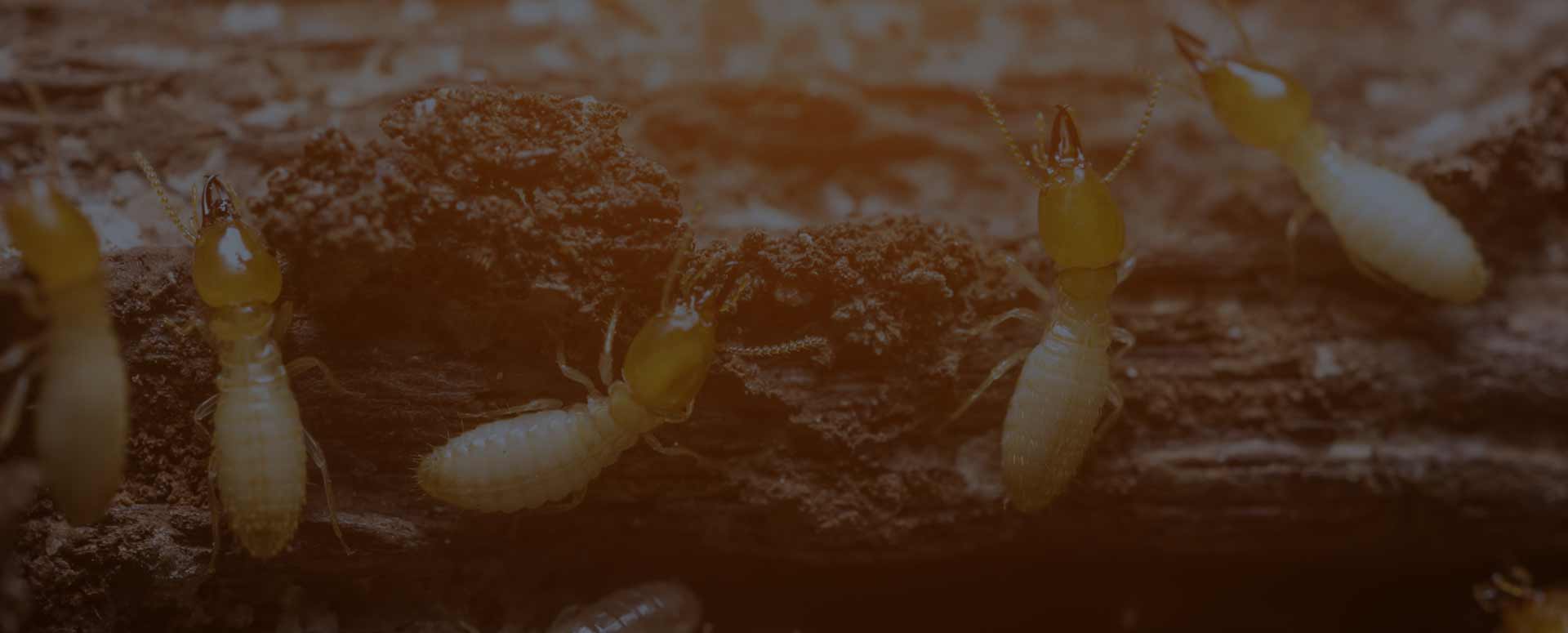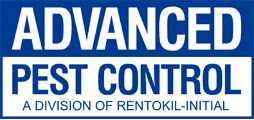
15 Jun Why pre-purchase termite protection is so important
Right now, somewhere not far away, hundreds of thousands of tiny monsters are creeping through pitch-black darkness to invisibly destroy a house you go past every day. Which house? Who knows.
Because too often, these monsters won’t be detected until it is too late and that beautiful family home now faces huge repair costs or demolition. Yes, we’re talking about termites and the 1-in-4 Aussie homes they attack.
Pre-construction termite protection is not an option
The problem termites present is so prevalent and costs so much every year (tens of millions of dollars in property damage alone) that there are mandatory regulations within the Building Code of Australia that every new home, townhouse or apartment must have a termite prevention or management system in place before construction can progress past a certain stage.
Even though it is another of the seemingly endless series of tasks involved in building a house, preventing termites getting in is much easier and much cheaper than trying to remove an established colony that’s relentlessly and invisibly chewing through your home.
Stopping the termite march
While termites are all around us, they’re very hard to spot. They spend almost all their time in underground nests or feeding inside passages that they have bored through dead wood. So when they begin attacking your property it will be by stealth, and they’ll tend to go for:
- Structural timber frames
- Timber surrounds for doors and windows
- Skirting boards and architraves.
So, how do you stop white-ants from making a meal of your pride and joy? The answer is termite barriers installed before your home is even built and maintained in the years following completion. There are two general kinds of barriers: physical and chemical. Both seek to stop termites entering your building en masse in different ways. Let’s look at each.
Physical termite barriers
Physical termite barriers are designed to stop termites from getting in and/or make it obvious to pest inspectors when they do. Because the ground on which your home rests is always changing subtly through tree roots, compaction, water runoff and other means, physical barriers are not a set and forget option. This is especially the case when you are dealing with hundreds of thousands of tiny and tirelessly persistent pests. Keeping them from finding a single minute breach is virtually impossible.
These environmentally friendly prevention methods can take the form of steel meshes installed under concrete slabs, “stump caps” placed on top of footings and even special termite blankets wrapped around foundations.
Chemical termite barriers
Chemical barriers come in two main types. First, there are the deterrents that repel termites from your home’s timbers. These measures can also include treating wood with agents that make it inedible.
The second type of chemical barrier is specifically non-deterrent. The goal with this type is to encourage the scavenging termite workers to carry termiticides back to their nest. Ideally, this termiticide can then disrupt the colony’s reproductive capabilities and wipe out the the local termite threat (likely to be based in your or your neighbours backyard).
Of course, as soon as the next mating season comes around a new generation of termite kings and queens will disperse across huge areas looking to start a new colony, so your chemical barriers require regular upkeep.
Can’t you just eradicate all the termites?
No, not really. The problem of termites eating people‘s houses is not really one that can be entirely solved … unless your house contains no wood at all. Eradicating all the termites in an area is not practical given how existing colonies adapt to changes in their environment and how new colonies establish themselves in new places.
Further, termites are a wild animal with hundreds of species occurring naturally all over the world. They have an important role in the ecosystem to break down dead wood and fallen trees. This then recycles those nutrients back through the web of life. In a forest, this is a very important and useful role. It’s only really a problem when the wood the termites want to eat is being used by humans for our own purposes.
For these reasons, termite control and protection is the best response and the best time to do it is before a home is built.
Do something about termites before you build
There are a range of approaches that pest controllers can use to design a termite protection system specifically for your property, soil, construction plans and local termite species.
So, if you’re building a new house, renovating an old place or perhaps even doing seemingly unrelated things, like putting in garden beds and new drainage, now is the time to find a good supplier and installer of termite barriers.
What you want to look for is experience, quality and expertise – someone just like Advanced Pest Control. It’s just so important to find the right supplier, otherwise you could be eaten out of house and home.
